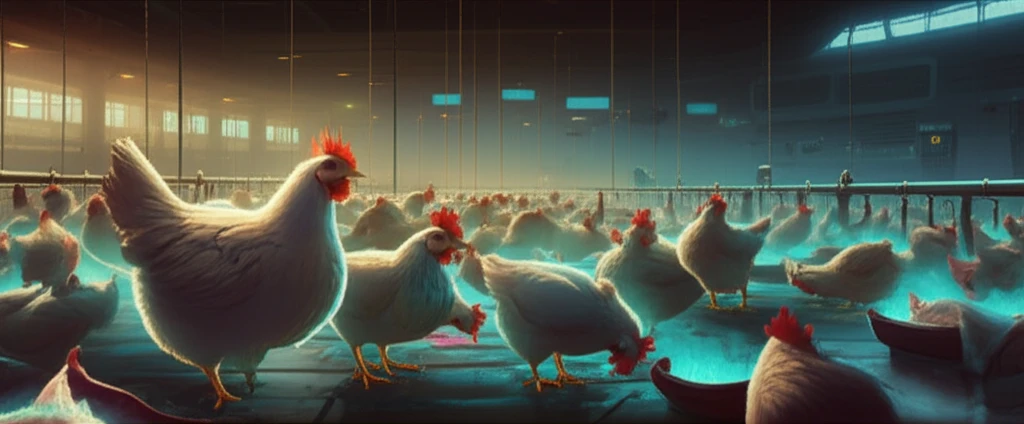
Unlock Better Broiler Growth: Is Biocholine the Future of Poultry Feed?
"Discover how innovative choline sources like Biocholine™ can optimize broiler diets, reduce costs, and support sustainable organic farming."
Choline is a critical nutrient for broilers, playing a vital role in cell structure, fat metabolism, and nerve function. Traditionally, choline chloride has been the go-to supplement in poultry diets to ensure adequate choline levels. However, choline chloride is highly hygroscopic, leading to vitamin losses and operational challenges in feed mills. This has spurred the search for alternative, more efficient choline sources.
Recent research has focused on phosphatidylcholine sources like Biocholine™ as a potential game-changer. Biocholine™ offers a low-hygroscopicity plant extract which presents itself as a natural substitute for choline chloride, potentially improving feed conversion and overall broiler health. Understanding the bioequivalence of these sources is crucial for optimizing broiler diets and reducing production costs.
This article delves into a study comparing Biocholine™ and choline chloride in broiler diets, examining their impact on growth performance, feed efficiency, and the prevention of metabolic disorders such as perosis and fatty liver. We’ll explore how these findings can inform better feeding strategies for poultry farmers, particularly those interested in organic and sustainable practices.
Biocholine™ vs. Choline Chloride: What the Research Says

A study was conducted to evaluate the bioequivalence of Biocholine™ compared to choline chloride in broiler diets. Researchers examined growth performance, feed conversion ratio (FCR), and overall health in broilers fed varying levels of each choline source. The study involved two experiments:
- Experiment II: 462 broilers received diets supplemented with 0, 200, 400, 600, or 800 mg/kg choline as choline chloride.
- Diets were based on white rice, soybean meal, and corn gluten in both experiments.
- The study aimed to determine if Biocholine™ could effectively replace choline chloride and meet the choline requirements of fast-growing broilers.
The Future of Choline in Poultry Diets
The study's findings suggest that Biocholine™ is a viable alternative to choline chloride in broiler diets, particularly for those seeking organic-compliant options. The bioequivalence ratio of 1:2.52 between Biocholine™ and choline chloride provides valuable information for feed formulation.
Moreover, the research highlights the dynamic choline requirements of broilers at different growth stages. Optimizing choline levels based on these requirements can lead to improved weight gain and feed efficiency, reducing production costs and promoting healthier broiler growth.
As the poultry industry continues to evolve, innovative feed solutions like Biocholine™ will play an increasingly important role in sustainable and efficient broiler production. Further research and practical application will refine our understanding and maximize the benefits of these alternative choline sources.
